THE ENCLAVES
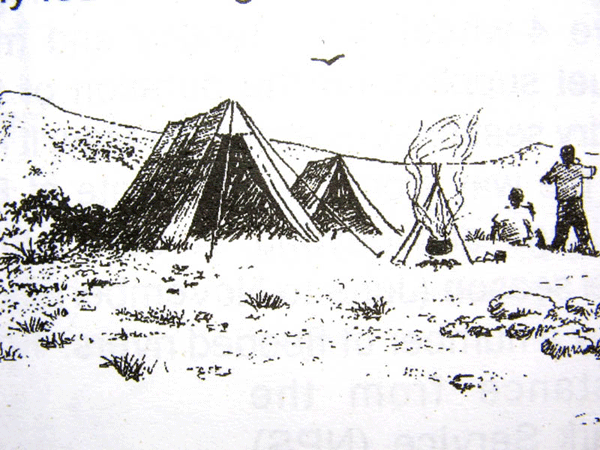
What Are Enclaves?
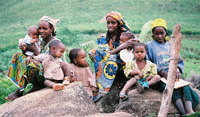
Although the park itself is mostly uninhabited, situated in a series of “enclaves” are a number of villages which by tradition are permitted the use of certain natural resources in separately defined areas of the National Park. Enclaves are areas of land inside the park set aside for the purposes of livestock grazing and farming, controlled zones where traditional livelihoods are protected and supported, echoing the harmony of years of past human activity.
Why Were Enclaves Created?
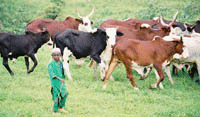
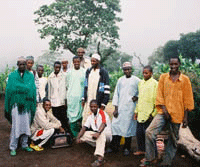
It is becoming increasingly obvious to National Park managers that the key to protecting any cherished landscape lies within those communities that call it home.
The highland regions of Gashaka-Gumti have long been used by Fulani groups for grazing their livestock. When the National Park was originally established it was decided that the essential needs of the resident pastoral people and the demands of wildlife conservation could both be accommodated within the same protected area.
At Gashaka-Gumti, enclaves are managed jointly by the National Park Service and local people with the aim to safeguard long-term conservation interests and local livelihoods. Involving local people in the management of the National Park through a conservation partnership intends to assure that the long-term future of Gashaka-Gumti National Park is made more secure. These pastoral and farming communities are often among the keenest park supporters and assist in it's protection by reporting the presence of poachers and other offenders to park rangers.
All human activity in the remainder of the park is strictly prohibited. In this respect Gashaka-Gumti National Park represents a pioneering experiment in multipurpose land use in Nigeria.
Where Are Enclaves Situated?
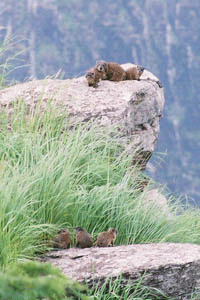
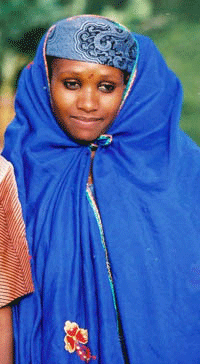
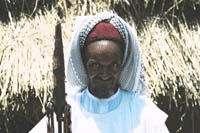
From Gashaka village the nearest enclaves are located in the highland region of Chappal Tale and Chappal Shirgu. Centred around the small market village of Selbe, this truly beautiful area can be reached only after a 9 hour trek involving some steep climbs up through montane forests before the cool and spectacular heights of the highlands are attained. Alternatively, and more easily, the journey can be conveniently divided into 2 stages. The first involves the trek from Gashaka to the field research station at Kwano at the very foot of the mountains (3 hours), and from there the ascent to the mountain village of Selbe is made early the next morning (a further 6 hours).
The climb passes through some of the park's most striking forests where one is likely to glimpse a variety of colourful primates. From Selbe, the nearby enclaves of Chappal Hendu and Chappal Nyumti are both easily reached in only a few more hours by following winding footpaths through the mountains. These highland enclaves of Chappal Tale, Chappal Shirgu, Chappal Hendu and Chappal Nyumti are all predominantly pastoral communities occupied by various Fulbe (Fulani) clans together with their livestock.
Montane forests within these highland enclaves shelter populations of buffalo, bushbuck, leopard, Colobus monkeys, chimpanzees, and baboons, in addition to a wide variety of birds and butterflies. Grasslands support warthog, Mountain reedbuck, oribi and buffalo. Rocky outcrops provide a home for hyrax and klipspringer. From Chappal Nyumti one can follow lonely footpaths through yet more montane forests down to the Sukare valley and Northwards to Gumti enclave. From Chappal Hendu it is possible to walk down to the enclave of Filinga which adjoins the Cameroonian border, and from Filinga continue onwards to the enclaves at Mayo Sabere or Chappal Delam.
Sabere is a traditional farming community situated on a sub-plateau below the Mambilla escarpment. The headwaters of the River Gashaka originate in this area, which offers customary dry season grazing for livestock from Mambilla. From Sabere one can return via Mai Idanu to Mayo Selbe or through Yakuba to Gashaka.
Filinga is a large mixed pastoral and farming community. Soils are fertile and the region also provides important grazing for livestock from the adjacent highland enclaves each dry season.
Gumti enclave is a farming and fishing community situated along the banks of the River Yim. It is best approached through Karamti via Adagoro and Tapare. Floodplains along the river are rich in wildlife including kob, roan antelope, buffalo, lion and warthog.
Chappal Delam, the most remote and inaccessible of all park enclaves, is situated in the Gotel Mountains along the international border with Cameroon. The headwaters of the River Ngiti and River Gamgam originate here.
